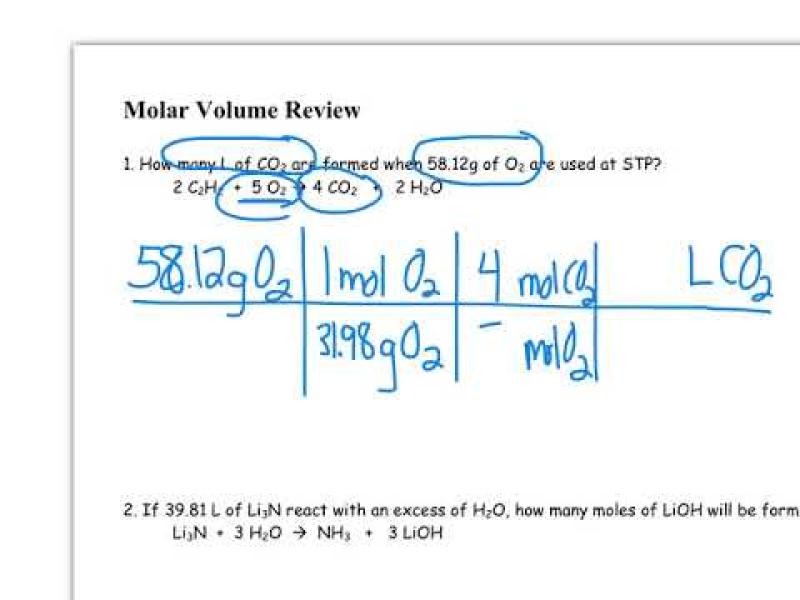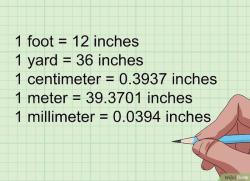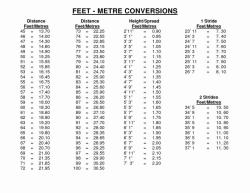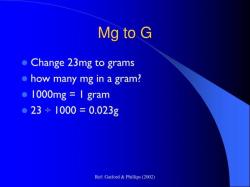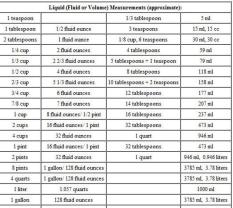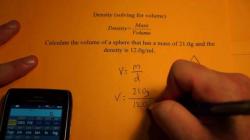How to convert grams into liters?
Converting grams to liters involves using the density of the substance to relate mass to volume. The formula for this conversion is:
Here's a step-by-step guide to converting grams to liters:
Determine the Density:
- Find the density of the substance in either grams per milliliter (g/mL) or grams per cubic centimeter (g/cm³). This information is crucial for the conversion. It's often provided in reference materials, textbooks, or on the product label.
Understand the Relationship:
- Recognize that density is a measure of how much mass is contained in a given volume. To convert grams to liters, you need to use the density as a conversion factor.
Use the Formula:
- Apply the formula:
Perform the Calculation:
- Divide the mass in grams by the density to obtain the volume in liters.
Example:
Let's say you have 200 grams of a substance with a density of 0.8 g/mL.
The result would be 250 liters.
Keep in mind the following tips:
Ensure that your units are consistent. If the density is given in grams per cubic centimeter (g/cm³), use cubic centimeters for volume; if it's given in grams per milliliter (g/mL), use milliliters for volume.
Be aware that density can vary with temperature and pressure. Use the density value that corresponds to the specific conditions under which you are working.
If you're dealing with a solid substance and the density is given in g/cm³, the volume in cubic centimeters will be numerically equal to the mass in grams. In this case, you can simply state that the volume is equal to the mass.
This conversion is applicable when dealing with substances for which the density is known. If the density is not provided, or if the substance is not homogeneous, a different approach may be needed.
Sure, here is a detailed explanation of how to convert grams into liters, along with its applications and tips for accurate conversions:
Volume and mass conversion: How to convert grams into liters?
Converting grams into liters involves a straightforward process that relies on the concept of density. Density is a physical property that measures the mass of a substance per unit volume. It is typically expressed in units of grams per cubic centimeter (g/cm³) or grams per milliliter (g/mL).
To convert grams into liters, you'll need to know the density of the substance you're working with. Once you have the density, you can use the following formula:
liters = grams / density
Where:
litersis the volume in liters (L)gramsis the mass in grams (g)densityis the density of the substance in grams per liter (g/L)
Explaining the process of converting grams to liters and its applications
The process of converting grams to liters involves understanding the relationship between mass and volume. Since density is the bridge between mass and volume, it provides the necessary conversion factor.
Applications of grams-to-liters conversion:
Preparing solutions: In chemistry, preparing solutions often involves measuring precise amounts of solutes (dissolved substances) and solvents (liquids in which solutes dissolve). Converting grams of solutes to liters of solutions is crucial for maintaining accurate concentrations.
Material calculations: In engineering and construction, calculating the amount of material needed for projects often involves converting grams to liters. For instance, determining the volume of concrete or paint required for a specific area relies on density conversions.
Labeling and packaging: In manufacturing and consumer products, labeling and packaging often require converting grams to liters to display product volume accurately. For example, beverage bottles and food containers use liters to indicate the volume of the product.
Tips for students and scientists in performing accurate volume-to-mass conversions
Accurately measure mass and volume: Use calibrated measuring instruments, such as analytical balances for mass and graduated cylinders for volume, to ensure precise measurements.
Use the correct density: Ensure you're using the density value for the substance at the specified temperature and pressure. Density can vary with temperature and pressure changes.
Double-check calculations: Always review your calculations carefully to avoid errors and ensure accurate conversions.
Consult reference tables: If you're unsure about density values, refer to scientific reference tables or online resources to find the appropriate density for the substance you're working with.
Consider approximations: For quick estimations, you can use approximate density values. For instance, water has an approximate density of 1 g/mL or 1 g/L at standard conditions.
By following these tips, students and scientists can perform accurate volume-to-mass conversions with greater confidence in their results.
